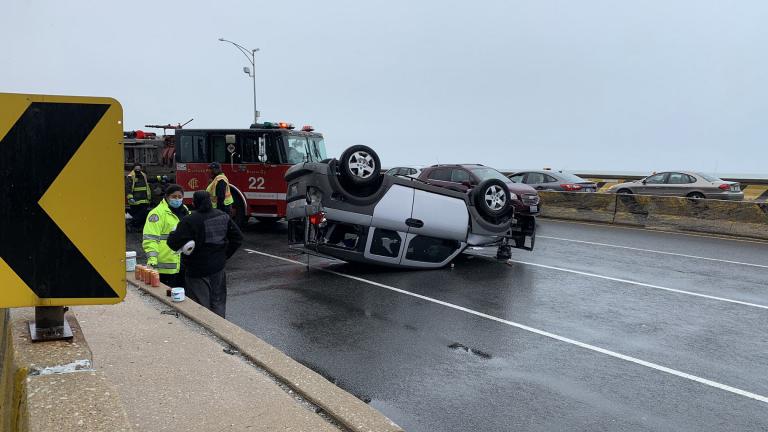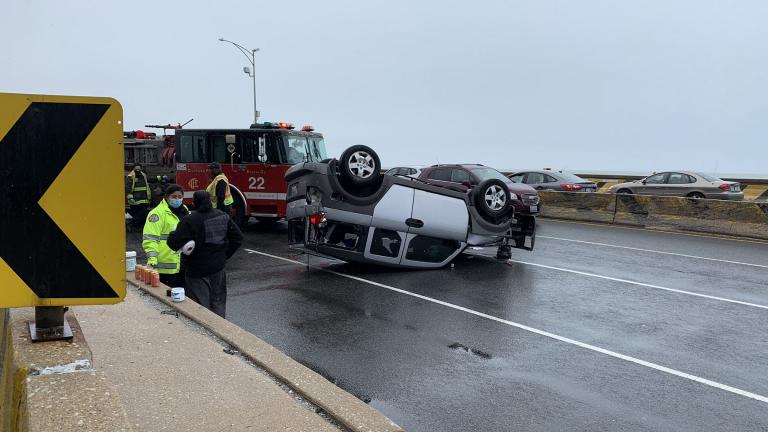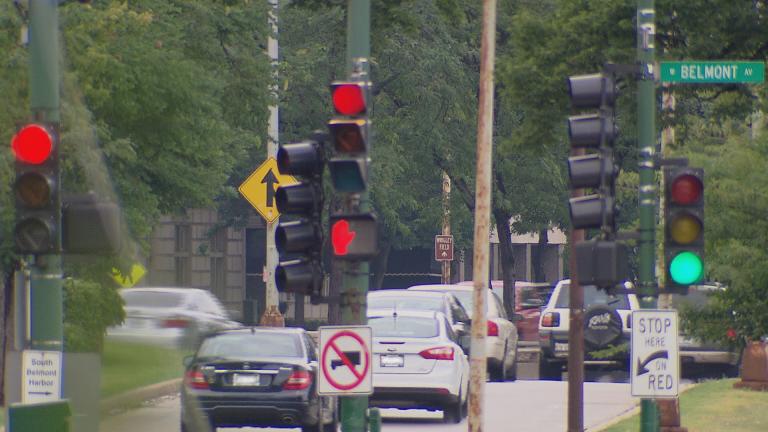 (U.S. Air Force photo by Senior Airman Hailey R. Staker)
(U.S. Air Force photo by Senior Airman Hailey R. Staker)
Americans are more likely to die from an accidental opioid overdose than from a motor vehicle crash, according to a new analysis by the Itasca-based National Safety Council.
The odds of dying from an opioid overdose are one in 96, while the odds of dying from a motor vehicle crash are one in 103, said Ken Kolosh, the NSC's manager of statistics.
Kolosh called the findings “truly startling,” as they mark the first time opioid overdoses have topped the list of the most common types of preventable deaths.
“I look at a lot of data, particularly I look at a lot of historic trends. This advent of opioid overdoses and the quickness of its rise, I believe, is unprecedented,” said Kolosh, who has been working at the NSC for nearly 20 years. “This was something that was not on our radar at all, and now for it to be a leading cause of death is truly startling.”
The NSC classifies opioid overdoses as poisonings, which accounted for 36 percent of all preventable injury-related deaths in 2016. Overall, poisonings are the leading cause of preventable death because of the increase in opioid overdoses, Kolosh said.
The rise in accidental opioid overdose deaths is fueled by the nation’s opioid epidemic, which has worsened with an influx in of illicit fentanyl, according to the NSC. Fentanyl is a synthetic opioid pain reliever that is up to 100 times more potent than morphine and other prescription opioids, according to the Centers for Disease Control and Prevention.
Kolosh said there are ways to reverse this trend and help stop the epidemic, such as ensuring access to overdose-reversing naloxone and treatment for people struggling with addiction, as well as educating prescribers on pain management strategies that do not involve opioids.
The analysis, published in a report detailing preventable injuries and deaths titled, “Injury Facts,” found that falls are the third leading cause of preventable death. The lifetime odds of someone dying from an accidental fall are one in 114.
The report notes that the odds calculated are statistical averages over the whole U.S. population and don’t necessarily reflect the chances of death for a particular person. An individual’s risk of dying from various causes is affected by multiple factors, including where they live and their occupation.
The NSC has been publishing a report about preventable injuries and deaths for at least the last 20 years, Kolosh said. “People tend to worry about unusual or catastrophic events that make the news and underestimate daily activities and risks they can pose to us,” he said.
While people may worry about being struck by lightning, the odds of them being struck and killed are about one in 200,000 in their lifetime, Kolosh said. “That’s why we like to do the odds of dying [report] to highlight everyday risks that account for a disproportionate number of lives lost.”
Or take flying, for example.
“A lot of people get anxious when they fly, but don’t think twice about getting in their car when they commute to work,” he said.
The odds of dying from flying are one in 188,364, while the odds of dying in a car crash are one in 103.
Preventable injuries are the third leading cause of death and claimed 169,936 lives in 2017, according to “Injury Facts.” Heart disease and cancer are the first and second leading overall causes of death. The odds of someone dying from an accidental cause are one in 25, according to the NSC. The odds of dying from heart disease and cancer are one in six and one in seven, respectively.
Of the three leading causes of death, preventable injuries were the only category to experience an increase in 2017, according to NSC’s analysis of CDC data issued in December 2018.
“As the CDC previously reported for the second year in a row, the life expectancy in the U.S. has not improved, and a big driver for that is the increase in accidents or preventable deaths,” Kolosh said. “And that’s primarily driven by the opioid drug epidemic.”
Contact Kristen Thometz: @kristenthometz | [email protected] | (773) 509-5452
Related stories:
Traffic Fatalities In Illinois On The Rise in 2017
Chicagoans Armed with Knowledge, Naloxone to Fight Opioid Crisis
What ‘Dry January’ is All About, and Why You Might Want to Try It








